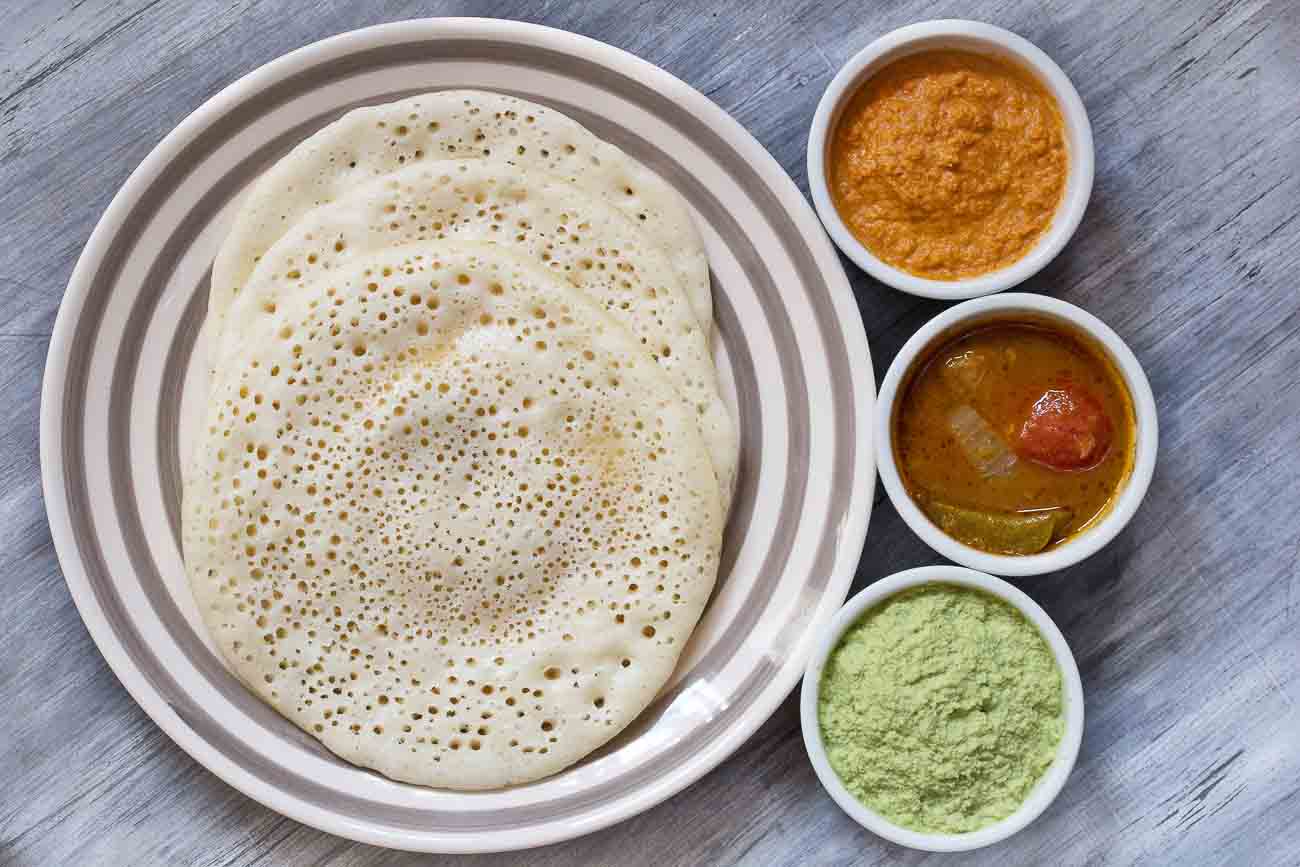Today I will share with you my last post about Ayurveda.
Don’t be sad, I will feed you with more content on nutrition and food!
Different energies (“doshas”) have different properties in the Ayurvedic world. If you know your dosha, it should be your constitution from now on and if you act according to your dosha, your life would be in balance and you could be healthy according to Ayurveda. In this blog post, let’s have a look at the nutrition guides for these three different doshas which help people to balance their physical and mental health.
What to eat and what to not eat according to our dosha?
Vata Dosha
The most beneficial flavors in the diet for balancing Vata Dosha are sweet, sour and salty foods. Sweet flavors balance Vata. Ghee oil, sesame oil or olive oil should be consumed daily. Rice, wheat, quinoa, oats, chickpeas, lentils, bananas, avocados, apricots, plums, berries, coconut, figs, grapefruit, oranges, lemons, melons, peaches, pineapples, kiwi, dates and dried fruits are ideal for Vata dosha. Asparagus, artichoke, leek, onion, carrot, potato, broad bean, radish and beet, peas, cauliflower, broccoli and zucchini can be consumed. Dairy products balance the Vata energy. Spices that are good for Vata as follows; Cardamom, cumin, basil, sage, thyme, ginger, cinnamon, salt, clove, mustard seeds and black pepper. Nuts are generally recommended.
For Vata Dosha balancing; it is important to maintain a regular routine, keep the body warm, eat warm food, stay calm (or seek ways to stay calm), and avoid cold food and drink. Abhyangam massage (a specific massage in Ayurveda which is implemented with a specific oil according to your dosha) can be done regularly.
Pitta Dosha
Sweet, bitter and astringent flavors should be preferred. Dairy products balance Pitta. Milk, butter, and ghee can be used. The most suitable oils; ghee, olive oil, sunflower seed oil, soybean oil and coconut oil. Sesame oil, almond oil and corn oil, which have warming properties, should not be used. Wheat, rice, barley, lentils, chickpeas, dry beans and oats are the most suitable grains. Grape, melon, cherry, coconut, fig, pear, avocado, pomegranate, pineapple can be eaten. Asparagus, artichokes, brussel sprouts, mushrooms, parsley, lettuce, cucumbers, potatoes, green leafy vegetables, pumpkin, broccoli, cauliflower, celery, okra, green beans and zucchini can be consumed. Spices that are good for Pitta as follows; coriander, parsley, cardamom, saffron, basil, mint, cress, turmeric and fennel. It is necessary to avoid spicy spices such as ginger, cumin, black pepper, fenugreek, clove, salt and mustard seeds. Chili pepper varieties with excessive heating capacity should be avoided. Chewing fennel seeds or drinking fennel tea after meals is beneficial for digestion.
For Pitta Dosha balancing; excessive heat should be avoided, very hot spices, alcohol and excess oil and salt should be avoided, refreshing and non-spicy foods should be eaten, cool drinks should be drunk, and a balance between cooked and raw foods should be established.
Kapha Dosha
Pungent, bitter and astringent flavors should be preferred. Sweet, sour and salty foods should be consumed as little as possible. The consumption of dairy products should be minimized. Ghee and low-fat yogurt can be eaten in limited quantities. Olive oil, almond oil, sunflower oil should be used limitedly. Honey is one of the most suitable flavors that can be used to balance Kapha Dosha. Other sweet flavors should not be consumed. Fruits with low sugar content such as apples and pears can be eaten. Sugary fruits such as bananas, avocados, melons, dates and figs should be avoided. Other beans and other legumes can be eaten, except soybeans and tofu. Barley, corn, millet, rye, oats can be consumed. In the Kapha diet, other vegetables except tomatoes, cucumbers, potatoes and zucchini can be consumed in abundance. Green leafy vegetables such as spinach, onion, and garlic can be eaten a lot. Almost all spices except salt are used in the kapha diet. Pungent and delicious spices such as hot peppers, mustard seeds and ginger can be used. Nut consumption should be limited. Ice cream should not be eaten. Ginger tea will facilitate digestion.
For Kapha Dosha balancing; plenty of exercise should be done, active life should be adopted, icy foods and drinks should be avoided, fatty and heavy foods should not be eaten, light and fresh foods should be preferred.
Keep in motion!
Take care!
Anıl Uzun
